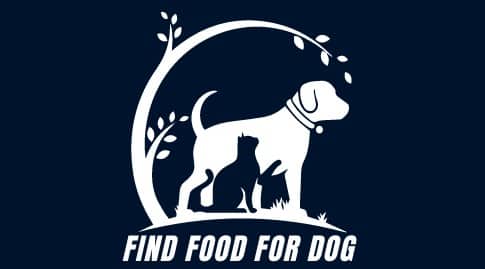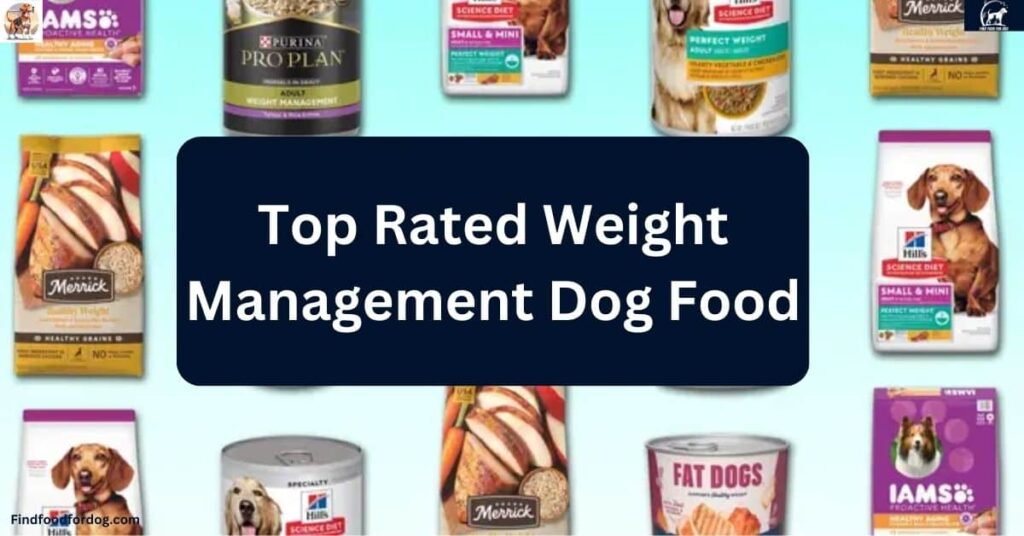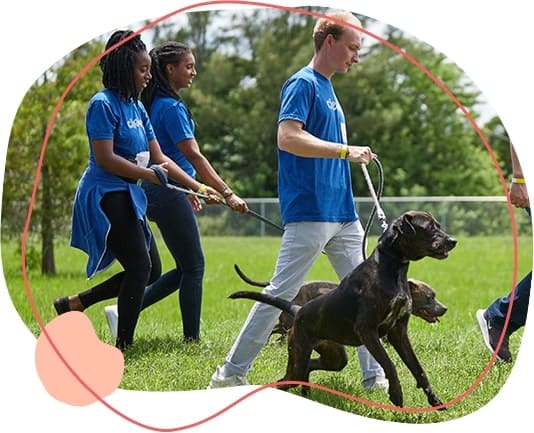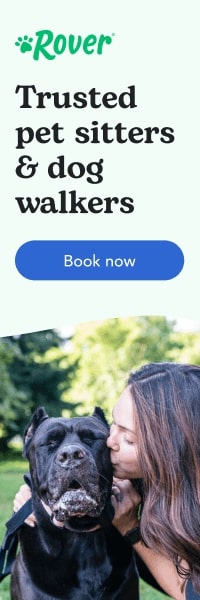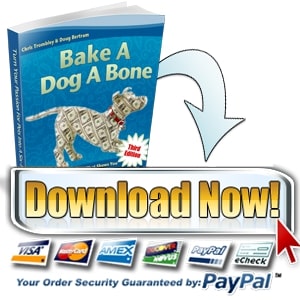High-protein, low-fat foods such as lean meats and vegetables are excellent for dog weight loss. Incorporating fiber-rich foods like pumpkin or green beans can also help manage their weight.
Maintaining a healthy weight is crucial for your dog's overall well-being. Obesity can lead to severe health issues, including joint problems and diabetes. Choosing the right food plays a significant role in weight management. Opt for high-quality dog food that lists protein as the first ingredient.
Look for options that contain whole grains and vegetables for added nutrition. Always consult your veterinarian before making dietary changes. They can provide tailored recommendations based on your dog's specific needs. With the right food and a balanced diet, you can help your furry friend achieve and maintain a healthy weight.
Introduction To Canine Weight Management
Managing a dog's weight is crucial for their health. Just like humans, dogs can struggle with being overweight. Proper weight management helps improve their quality of life. A healthy weight can lead to a longer, happier life for your furry friend.
The Importance Of A Healthy Weight
Maintaining a healthy weight is vital for dogs. It can prevent many health issues.
- Reduces the risk of diabetes
- Decreases joint problems
- Improves heart health
- Enhances energy levels
Obesity can lead to serious conditions. These include heart disease and arthritis. Keeping your dog at a healthy weight can help them live longer.
Identifying Overweight Dogs
Recognizing if your dog is overweight is essential. Here are some signs:
- Rib cage is hard to feel
- Waist is not visible
- Dog tires easily during walks
- Difficulty in grooming themselves
Use a body condition score (BCS) to assess your dog’s weight. A score of 1-9 helps identify if your dog is underweight, normal, or overweight.
| Body Condition Score | Description |
|---|---|
| 1-2 | Underweight |
| 3-5 | Ideal weight |
| 6-7 | Overweight |
| 8-9 | Obese |
Regular vet check-ups can help monitor your dog’s weight. Early detection is key to managing their health.

Assessing Your Dog's Dietary Needs
Understanding your dog's dietary needs is crucial for weight loss. Each dog has unique requirements based on various factors. Proper assessment can lead to effective weight management.
Factors Influencing Caloric Requirements
Several factors affect how many calories your dog needs. These include:
- Age: Puppies need more calories than older dogs.
- Weight: Heavier dogs require more calories.
- Activity Level: Active dogs burn more calories.
- Breed: Some breeds have higher metabolic rates.
- Health Status: Certain conditions may lower or raise calorie needs.
| Factor | Caloric Impact |
|---|---|
| Age | Higher for puppies; lower for seniors |
| Weight | Heavier needs more calories |
| Activity Level | Active dogs need more calories |
| Breed | Some breeds burn calories faster |
| Health Status | Conditions can change needs |
Consulting A Veterinarian For A Custom Plan
Visiting a veterinarian is vital for a tailored diet plan. Your vet can evaluate your dog's health. They will consider age, weight, and activity level.
A custom plan may include:
- Specific calorie goals
- Recommended food types
- Feeding schedules
- Portion sizes
- Exercise recommendations
Regular check-ups can track progress. Adjustments may be necessary as your dog loses weight.
Key Components Of A Weight Loss Diet For Dogs
Creating a weight loss diet for dogs requires careful planning. Focus on the right nutrients. A balanced diet helps dogs shed pounds safely. Two essential components are protein and fiber. These nutrients play unique roles in weight loss.
Protein: Building Blocks For Lean Muscle
Protein is crucial for maintaining muscle mass. It helps build and repair tissues. Dogs need quality protein in their diets. This prevents muscle loss during weight loss.
- Choose lean meats like chicken or turkey.
- Include fish for Omega-3 fatty acids.
- Consider low-fat cottage cheese.
Protein-rich foods help dogs feel full. This reduces the urge to snack. Aim for a diet with at least 25-30% protein. Always consult your vet about protein needs.
Fiber: Promoting Satiety And Digestive Health
Fiber is essential for digestion. It helps dogs feel full longer. Including fiber in their diet can aid weight loss.
| Source of Fiber | Benefits |
|---|---|
| Vegetables (like carrots and peas) | Low in calories, high in nutrients |
| Fruits (like apples and blueberries) | Rich in antioxidants, satisfying sweetness |
| Whole grains (like brown rice) | Good energy source, aids digestion |
Fiber helps regulate blood sugar levels. This prevents energy spikes. Aim for 5-10% fiber in their diet. Always introduce fiber gradually.
Foods To Include In Your Dog's Diet
Choosing the right foods is vital for your dog’s weight loss journey. The right ingredients can help your furry friend shed those extra pounds. Focus on low-calorie, nutrient-dense foods. Here are some excellent options to include.
Lean Meats For Low-fat Protein
Lean meats are great sources of protein. They help maintain muscle while losing fat. Here are some lean meats to consider:
- Chicken breast: Skinless and boneless is best.
- Turkey: Lean and flavorful option.
- Fish: Salmon and sardines are rich in Omega-3.
- Lean beef: Choose cuts like sirloin or round.
Protein helps dogs feel full longer. It also supports healthy muscles. Always cook meats without added fats or seasonings.
Vegetables: Low-calorie Nutrient Sources
Vegetables provide essential vitamins and minerals. They are low in calories and high in fiber. This helps with digestion and keeps your dog satisfied. Here are some good vegetable options:
| Vegetable | Benefits |
|---|---|
| Carrots | Great for vision and low in calories. |
| Green beans | Rich in fiber; helps with fullness. |
| Broccoli | Contains vitamins C and K. |
| Spinach | High in iron and low in calories. |
Remember to chop vegetables into small pieces. This makes them easier to digest. Cook them lightly to retain nutrients.
Foods To Avoid Or Limit
When managing your dog's weight, it’s crucial to know which foods to avoid. Certain foods can hinder weight loss efforts. Here are the main categories of foods to limit or eliminate.
High-fat Foods And Snacks
High-fat foods can contribute to weight gain in dogs. These foods may taste good but are not beneficial for weight loss. Common high-fat foods include:
- Fatty meats
- Cheese
- Processed snacks
- Fried foods
Feeding your dog high-fat treats can lead to obesity. Always check the fat content in dog food and treats. Aim for lower-fat options for weight management.
Avoiding Human Food And Table Scraps
Many dog owners unknowingly feed their pets human food. This can be harmful to a dog's weight. Common human foods to avoid include:
| Food Item | Why to Avoid |
|---|---|
| Chocolate | Toxic for dogs |
| Grapes | Can cause kidney damage |
| Onions | Harmful to red blood cells |
| Garlic | Can cause anemia |
Table scraps can also lead to obesity. Human food often contains high fat and sodium. Stick to dog food formulated for weight management.
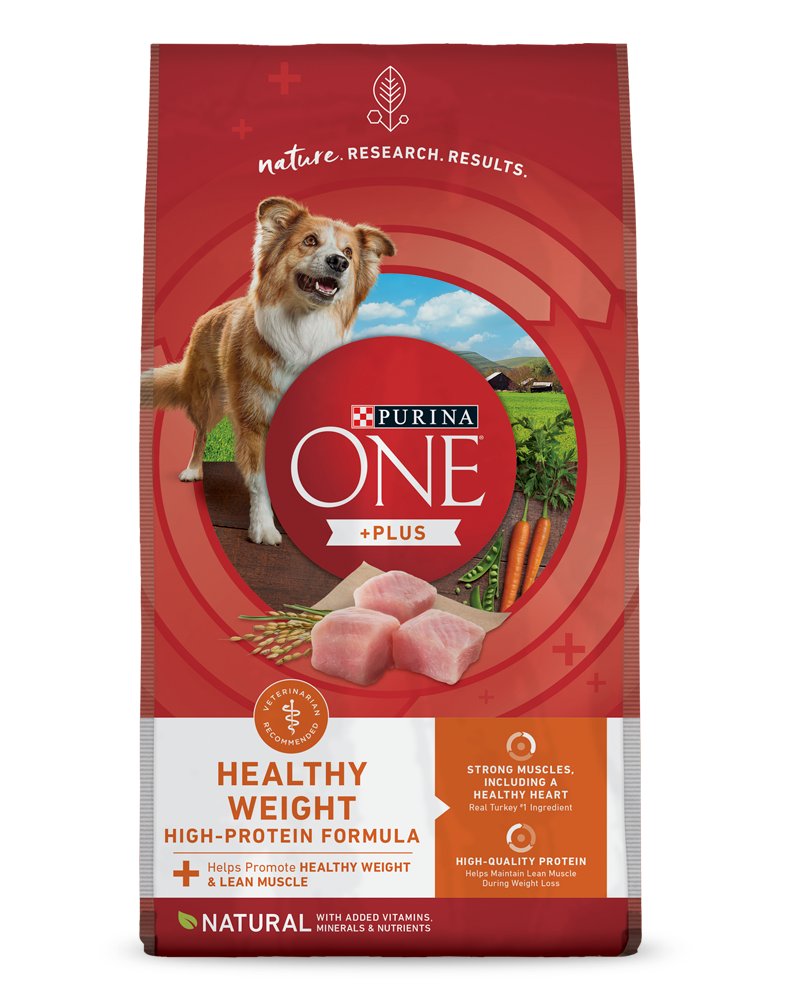
The Role Of Hydration In Weight Loss
Hydration is crucial for your dog's weight loss journey. Water helps with digestion and metabolism. It keeps your dog feeling full. Proper hydration can reduce unnecessary snacking. Dogs that drink enough water often have better energy levels. This can lead to more exercise and weight loss.
Encouraging Water Intake
Getting your dog to drink water can be simple. Here are some effective tips:
- Always provide fresh, clean water.
- Use a water bowl that is easy to access.
- Add ice cubes for a refreshing treat.
- Consider a pet water fountain. Dogs love running water.
Remember, some foods can also help with hydration:
- Wet dog food contains more moisture.
- Fruits like watermelon and cucumbers are hydrating.
Limiting High-calorie Drinks
Many drinks can add unnecessary calories to your dog's diet. Avoid giving your dog:
- Sodas
- Fruit juices
- Alcohol
Instead, stick to water. This helps maintain hydration without extra calories. Here’s a quick table of drinks to avoid:
| Drink Type | Calories (per cup) |
|---|---|
| Soda | 150 |
| Fruit Juice | 110 |
| Alcohol | 100+ |
Homemade Dog Food
Choose water for a healthier hydration option. It supports weight loss effectively.
Incorporating Exercise Into Your Dog's Routine
Regular exercise is crucial for your dog's weight loss journey. It helps burn calories and keeps them healthy. A balanced diet paired with exercise leads to a happy dog.
Finding The Right Type And Amount Of Exercise
Choosing the right type of exercise is essential. Different dogs have different needs. Consider your dog's age, breed, and health condition.
- Puppies: Short play sessions and gentle walks.
- Adult Dogs: Daily walks, runs, or fetch sessions.
- Senior Dogs: Light walks and low-impact activities.
Start slowly and gradually increase intensity. Monitor your dog's reaction. Here’s a simple table to guide you:
| Dog Age | Recommended Exercise | Duration |
|---|---|---|
| Puppy | Playtime | 15-20 minutes |
| Adult | Walks/Running | 30-60 minutes |
| Senior | Light Walks | 20-30 minutes |
The Benefits Of Regular Physical Activity
Regular physical activity has many benefits for dogs. It helps maintain a healthy weight. Active dogs are often happier and more energetic.
- Strengthens muscles and joints.
- Improves mood and reduces anxiety.
- Enhances cardiovascular health.
Physical activity can also prevent obesity-related diseases. Regular exercise promotes a longer, healthier life. Happy, active dogs thrive.
Monitoring Progress And Adjusting The Plan
Tracking your dog's weight loss journey is essential. Regular monitoring helps you see what works. Adjusting the plan keeps your dog healthy and happy.
Setting Realistic Goals
Establish achievable weight loss targets for your dog. Aim for safe weight loss of 1-2% per week. This helps prevent health issues.
- Consult your vet for ideal weight.
- Use a scale to measure progress.
- Record your dog's weight weekly.
Consider these factors when setting goals:
| Factor | Consideration |
|---|---|
| Age | Older dogs may lose weight slower. |
| Breed | Some breeds lose weight differently. |
| Activity Level | More active dogs may lose weight faster. |
Take advice from Pet Expert Dr Marty
ESA Pet is an online service that helps you get a legitimate ESA letter
Pet vitamin supplements and grooming products
When To Revise The Diet And Exercise Regimen
Monitor your dog's weight regularly. Adjust the plan if progress stalls for two weeks. Look for signs your dog needs changes.
- Check energy levels.
- Watch for weight loss plateaus.
- Evaluate food intake and treats.
Consider these tips for revisions:
- Adjust portion sizes.
- Change food types if necessary.
- Increase exercise gradually.
Stay flexible. Tailor the plan to your dog's needs. Regular adjustments help ensure lasting weight loss success.
Success Stories: Before And After
Many dog owners have seen incredible transformations in their pets. Weight loss success stories inspire others. These stories show the power of proper nutrition and exercise.
Case Studies Of Successful Canine Weight Loss
Here are some amazing case studies of dogs who lost weight:
| Dog Name | Before Weight | After Weight | Weight Loss Duration |
|---|---|---|---|
| Buddy | 90 lbs | 70 lbs | 6 months |
| Luna | 65 lbs | 50 lbs | 4 months |
| Max | 80 lbs | 60 lbs | 5 months |
These dogs followed a balanced diet and increased their activity levels. Owners reported improved energy and health in their pets. Regular vet check-ups helped monitor their progress.
Maintaining Weight Loss Long-term
Keeping weight off is crucial for your dog's health. Here are some tips to maintain weight loss:
- Stick to a regular feeding schedule.
- Use measuring cups for food portions.
- Continue daily exercise routines.
- Monitor weight regularly.
- Choose low-calorie treats.
Support from family and friends helps too. Celebrate small victories to keep motivation high. Share your dog’s journey with others for encouragement.

Frequently Asked Questions About What Food is Good for Dog Weight Loss
What Foods Help Dogs Lose Weight Effectively?
Foods that promote weight loss in dogs include lean proteins, vegetables, and specially formulated weight management dog food. Look for options high in fiber and low in calories. Ingredients like chicken, fish, sweet potatoes, and green beans can be great choices for maintaining a healthy weight.
Can I Give My Dog Fruits For Weight Loss?
Yes, many fruits are safe and beneficial for dogs. Options like apples, blueberries, and watermelon can be low in calories and high in nutrients. Always remove seeds and cores before feeding. Moderation is key, as fruits contain natural sugars that can contribute to weight gain.
How Much Should I Feed My Dog For Weight Loss?
The amount to feed your dog depends on its size and weight goals. Generally, consult your veterinarian for tailored advice. A common approach is to reduce the daily intake by about 10-20%. Measure food accurately to avoid overfeeding and ensure consistent weight loss.
Are Commercial Weight Loss Dog Foods Effective?
Yes, many commercial weight loss dog foods are designed to aid weight management. They typically contain fewer calories and higher fiber content to keep dogs full. Look for products with quality ingredients and consult your veterinarian to find the best option for your dog’s needs.
Conclusion: What Food is Good for Dog Weight Loss
Choosing the right food is crucial for your dog's weight loss journey. Opt for high-quality, low-calorie options that promote satiety. Incorporate plenty of vegetables and lean proteins into their diet. Regular exercise and portion control also play vital roles. With commitment and the right nutrition, your dog can achieve a healthy weight.
